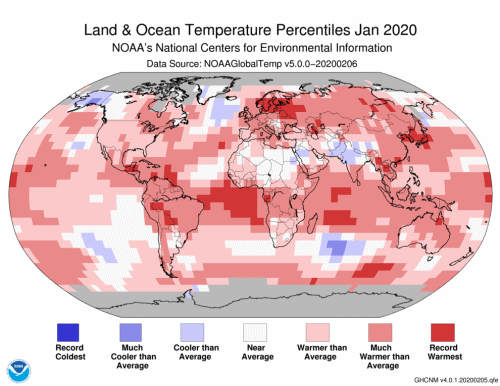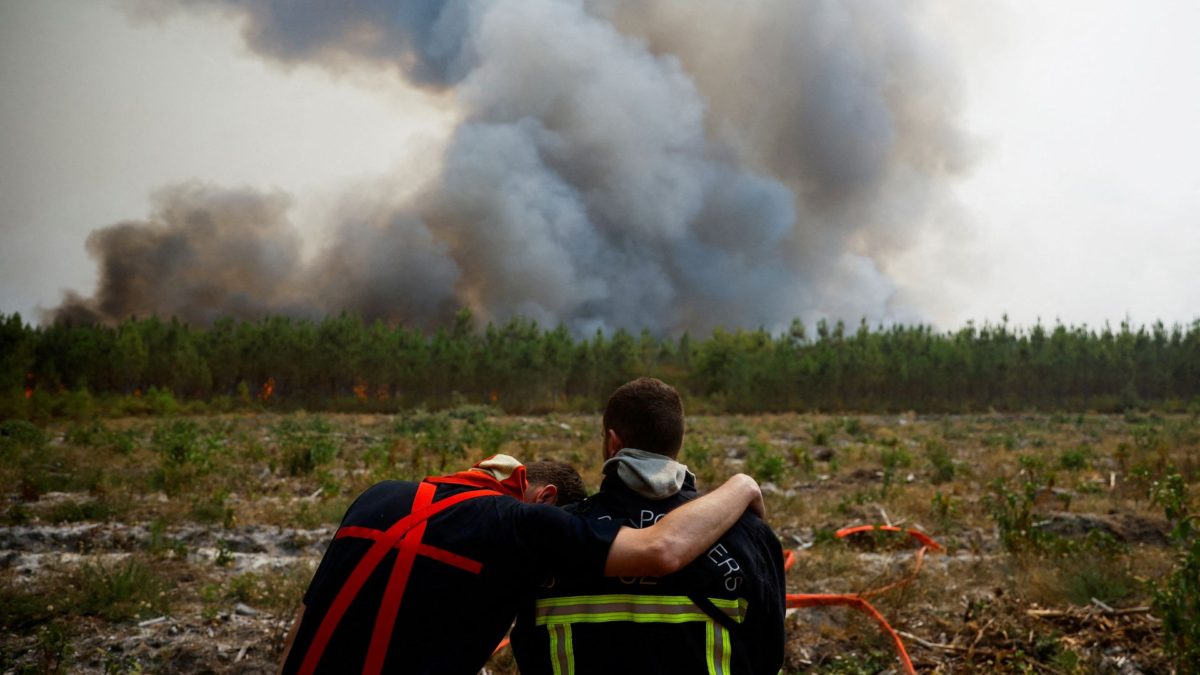Three-quarters of the total insect population lost in protected nature reserves – “Whatever the causal factors responsible for the decline, they have a far more devastating effect on total insect biomass than has been appreciated previously”
18 October 2017 (IWWR) – Since 1989, in 63 nature reserves in Germany the total biomass of flying insects has decreased by more than 75 percent. This decrease has long been suspected but has turned out to be more severe than previously thought. Ecologists from Radboud University together with German and English colleagues published these findings in the scientific journal PLOS ONE on 18 October 2017.In recent years, it became clear that the numbers of many types of insects such as butterflies and bees were declining in Western Europe and North America. “However, the fact that flying insects are decreasing at such a high rate in such a large area is an even more alarming discovery,” states Hans de Kroon, project leader at Radboud University.
Thorough research
Entomologists (insect researchers) in Krefeld, Germany, led by Martin Sorg and Heinz Schwan, collected data over the past 27 years in 63 different places within nature reserves across Germany. Flying insects were trapped in so called malaise traps and the total biomass was then weighed and compared. The researchers from Nijmegen, Germany and England have now been able to analyse this treasure trove of data for the first time.
Decline also recorded in well-protected areas
The researchers discovered an average decline of 76 percent in the total insect mass. In the middle of summer, when insect numbers peak, the decline was even more severe at 82 percent. According to Caspar Hallmann (Radboud University), who performed the statistical analyses, “All these areas are protected and most of them are managed nature reserves. Yet, this dramatic decline has occurred.”The exact causes of the decline are still unclear. Changes in the weather, landscape and plant variety in these areas are unable to explain this. The weather might explain many of the fluctuations within the season and between the years, but it doesn’t explain the rapid downward trend.
A decline in other parts of the world too
Researchers can only speculate about the possible causes. “The research areas are mostly small and enclosed by agricultural areas. These surrounding areas inflict flying insects and they cannot survive there. It is possible that these areas act as an ‘ecological trap’ and jeopardize the populations in the nature reserves,” explains Hallmann. It is likely that the results are representative for large parts of Europe and other parts of the world where nature reserves are enclosed by a mostly intensively used agricultural landscape.
Ecosystems depend on insects
“As entire ecosystems are dependent on insects for food and as pollinators, it places the decline of insect eating birds and mammals in a new context,” states Hans de Kroon. “We can barely imagine what would happen if this downward trend continues unabated.”
Because the causes of the decline are not yet known, it is difficult to take any concrete measures. The researchers hope that these findings will be seen as a wake-up call and prompt more research into the causes and support for long-term monitoring.
Measures
De Kroon: “The only thing we can do right now is to maintain the utmost caution. We need to do less of the things that we know have a negative impact, such as the use of pesticides and prevent the disappearance of farmland borders full of flowers. But we also have to work hard at extending our nature reserves and decreasing the ratio of reserves that border agricultural areas.”
Publication:
“More than 75 percent decline over 27 years in total flying insect biomass in protected areas”, PLOS ONE https://doi.org/10.1371/journal.pone.0185809
Contact
- Caspar Hallmann, caspar.hallman@sovon.nl, 06-30861319
- Hans de Kroon, h.dekroon@science.ru.nl, +31 (0)24-3653380
- Science Communication Radboud University media@ru.nl, +31 (0)24 024 361 6000
- Martin Sorg, Entomological Society Krefeld, sorg@entomologica.de, +49 (0)170 9222124
Three-quarters of the total insect population lost in protected nature reserves

ABSTRACT: Global declines in insects have sparked wide interest among scientists, politicians, and the general public. Loss of insect diversity and abundance is expected to provoke cascading effects on food webs and to jeopardize ecosystem services. Our understanding of the extent and underlying causes of this decline is based on the abundance of single species or taxonomic groups only, rather than changes in insect biomass which is more relevant for ecological functioning. Here, we used a standardized protocol to measure total insect biomass using Malaise traps, deployed over 27 years in 63 nature protection areas in Germany (96 unique location-year combinations) to infer on the status and trend of local entomofauna. Our analysis estimates a seasonal decline of 76%, and mid-summer decline of 82% in flying insect biomass over the 27 years of study. We show that this decline is apparent regardless of habitat type, while changes in weather, land use, and habitat characteristics cannot explain this overall decline. This yet unrecognized loss of insect biomass must be taken into account in evaluating declines in abundance of species depending on insects as a food source, and ecosystem functioning in the European landscape.
More than 75 percent decline over 27 years in total flying insect biomass in protected areas
![Effect of political contributions from oil and gas companies on U.S. legislators that vote against the environment. Coefficients and 95 percent CIs for tests of investment (Left) and influence (Right) hypotheses and their corresponding metaanalytic effects for the years 1992 to 2018. In 13 out of 14 analyses, lower LCV scores (i.e., more antienvironmental votes) in one election cycle predicted significantly increased contributions in the following election cycle. For example, the strongest result was observed for the 2016 election: For every additional 10 percent of congressional votes against the environment in 2014, a legislator would receive an additional $5,400 in campaign contributions from oil and gas companies in 2016 (b = −0.54, SE = 0.12; P < 0.001; 95 percent CI [−0.77, −0.31]). This is an especially strong relationship considering that many elected officials vote against environmental policies nearly 100 percent of the time, thereby compounding the cycle of antienvironmentalism and increasing rewards in the form of contributions. Graphic: Goldberg, et al., 2020 / PNAS](https://desdemonadespair.net/wp-content/uploads/2024/05/image-8-1200x675.png)

